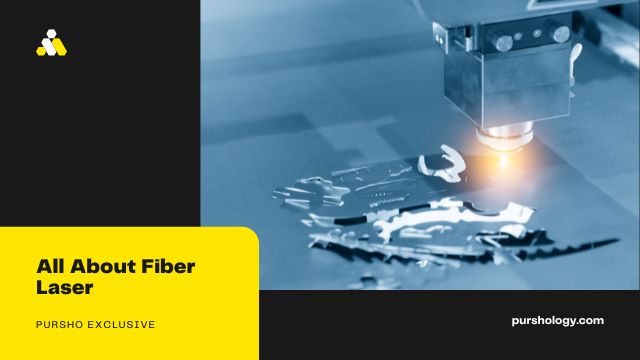Fiber lasers are common in the advanced world. Because of the various frequencies they can create, they are broadly used in modern conditions to perform cutting, stamping, welding, cleaning, finishing, boring, and significantly more. They are additionally used in different fields like telecom and medication. Fiber lasers utilize an optical fiber link made of silica glass to direct light. The subsequent laser shaft is more exact than with different sorts of lasers since it is straighter and more modest. They likewise have a little impression, great electrical proficiency, low upkeep, and low working expenses.
The FiberFly laser marker from lasitlaser.es uses the latest ytterbium-doped active fiber technology and is the ideal laser solution for precision marking, micro -machining and cutting of metallic and some plastic materials. For plastic marking we recommend MOPA, Green or UV lasers (for the most delicate ones).
What Are the Types of Fiber Lasers?
Taking everything into account, lasers can be sorted using the following rules:
Laser Source: Fiber lasers differ as per the material with which the laser source is blended. A few models incorporate ytterbium-doped fiber lasers, thulium-doped fiber lasers, and erbium-doped fiber lasers. This multitude of kinds of lasers is utilized for various applications since they produce various frequencies.
Mod of Operation: Different sorts of laser discharge laser radiates suddenly. Laser bars can either beat at a set redundancy rate to arrive at high-top powers (beat fiber lasers), just like with q-exchanged, gain-exchanged, and mode-locked lasers. Or on the other hand, they can be constant, implying that they consistently send a similar measure of energy (ceaseless wave fiber lasers).
Laser Power: Laser power is communicated in watts and addresses the typical force of the laser bar. For instance, you can have a 20W fiber laser, a 50W fiber laser, etc. High-power lasers create more energy quicker than low-power lasers.
Mode: The mode alludes to the size of the center (where light voyages) in the optical fiber. There are two sorts of modes: single-mode fiber lasers and multi-mode fiber lasers. The center measurement for single-mode lasers is more modest, normally somewhere in the range of 8 and 9 micrometers, while it is bigger for multi-mode lasers, regularly somewhere in the range of 50 and 100 micrometers. When in doubt, single-mode lasers convey laser light more productively and have a superior bar quality.
What Is a Fiber Laser Machine?
At the point when a fiber laser system is designed into an answer that is fit to be utilized, that arrangement is known as a fiber laser machine. Though the OEM laser framework is the apparatus that plays out the activity, the laser machine is the structure wherein the instrument is incorporated. Laser machines can ensure that:
- Laborers are 100 percent protected by giving laser security and smoke extraction
- Mechanical parts are incorporated to mechanize tasks or work with the administrator’s work
- The laser interaction is calibrated for a particular activity
For instance, the fiber laser machine displayed here incorporates a rotational table, a turning indexer, a Class-1 laser security nook, a smoke extractor, a dream camera, and an HMI.
How Long Does a Fiber Laser Last?
Most online sources guarantee that fiber lasers are most recent 100,000 hours though CO2 lasers are most recent 30,000 hours. This isn’t obvious. These numbers allude to a worth called mean time between failures (MTBF), which isn’t something similar for all fiber lasers. As a general rule, you will see various numbers for various sorts of fiber lasers.
The MTBF estimates the unwavering quality of a laser by demonstrating how long the laser is supposed to work before a failure happens. It is acquired by testing different laser units, and afterward partitioning the absolute number of functional hours by the complete number of failures.







